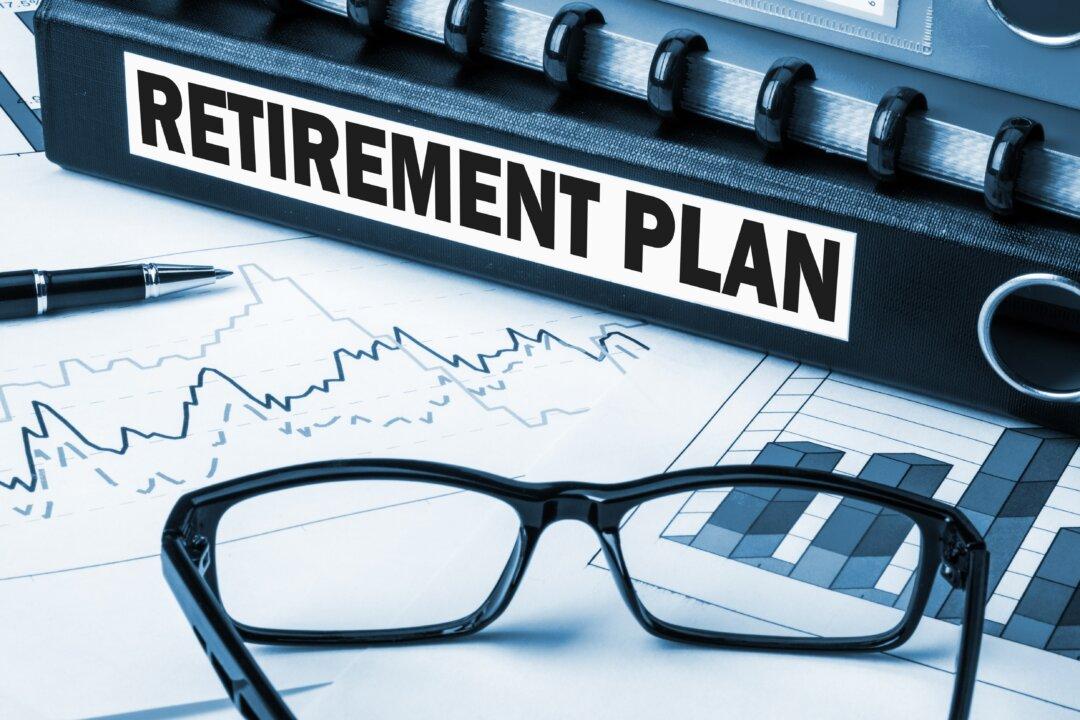The $1.7 trillion omnibus spending bill that the Senate and the House recently passed will add billions of dollars to many government programs. Besides providing more funding for the government through September of next year, it will also help more people be able to retire with more savings than before.
Lawmakers realized, according to Finance.Yahoo, that about half of Americans are either not saving enough or have no retirement savings at all. The goal of the bill is to encourage people to save more money and help those that do not make enough money to develop some retirement savings.






